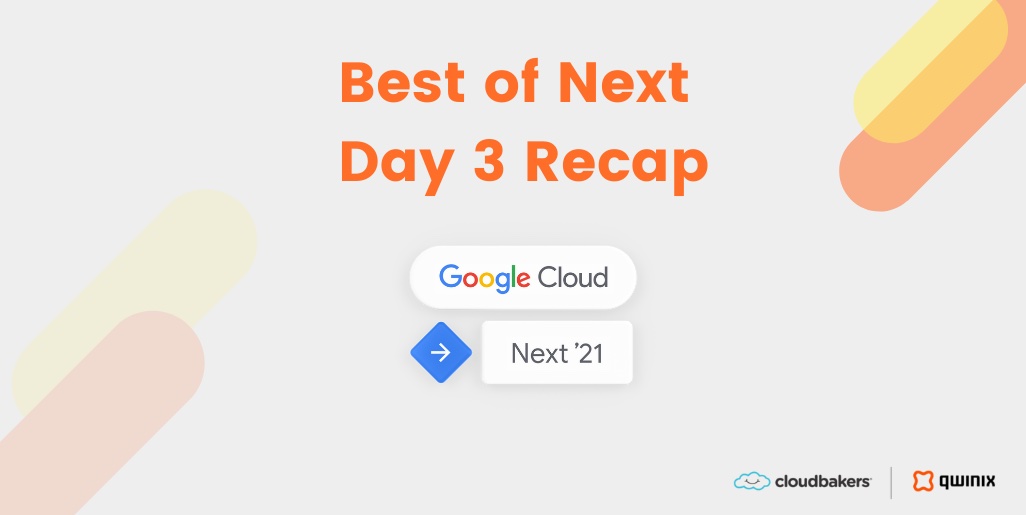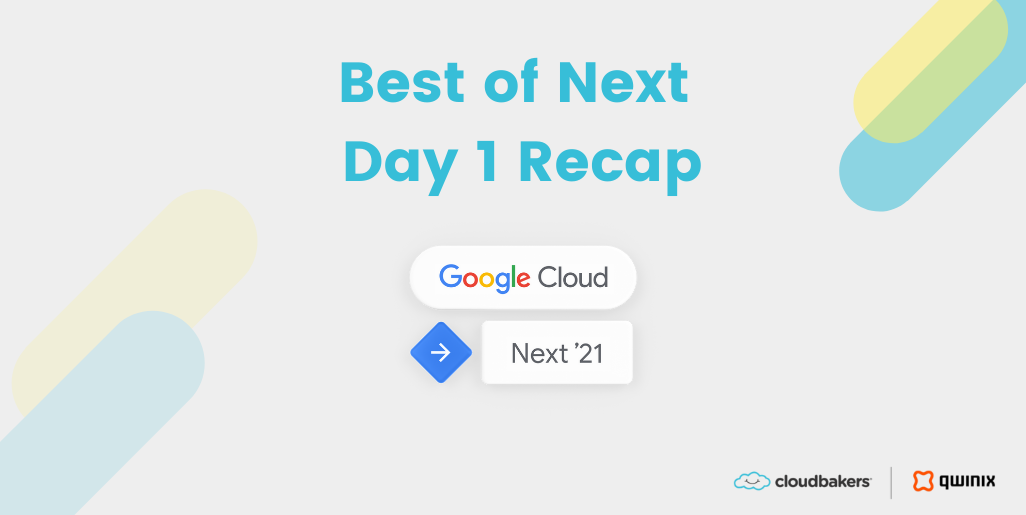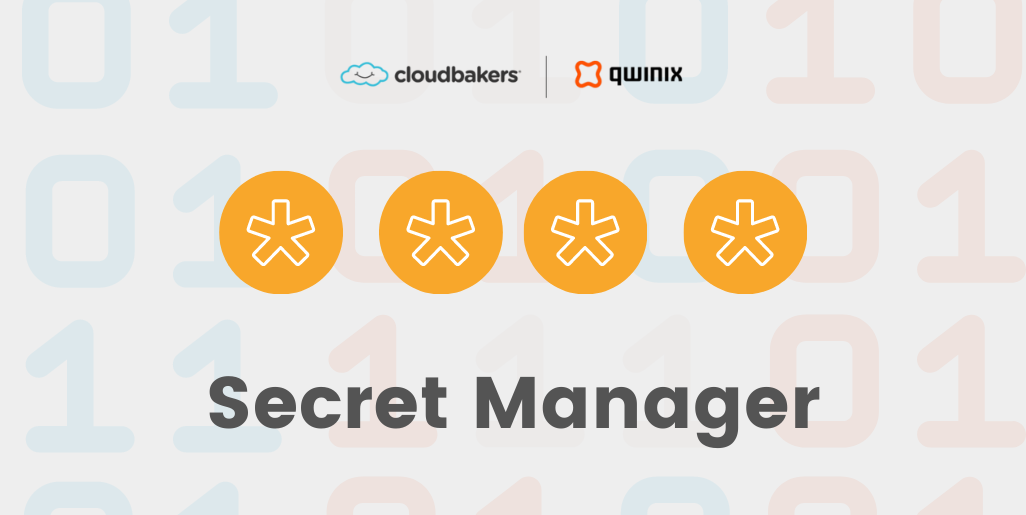Day two of Google Cloud Next ’21 kicked off with “A Cloud Built for Developers,” a powerful keynote that began a day of sessions focused on the developer’s experience. The lineup was filled with interactive demos, live Q&As, and developer-centric discussions.
Highlights included a focus on their fan-favorite tooling, including GKE Autopilot and Cloud Run. The speakers also dove into how Google Cloud prioritizes managed service offerings and security baked into solutions so that developers can focus on creating instead of managing the moving pieces behind the scenes.
Google Cloud continues to position itself as an open, collaborative platform and day two of Next ’21 spoke to those values.
Let’s break day two down further.
A New Developer Community: Innovators Program
Everyone was excited for the launch of the Google Cloud Innovators Program, a new, collaborative community for technologists to accelerate their learning and growth on Google Cloud.
Developers who join the program can get access to roadmap previews, connect with like-minded technologists, and earn industry recognition for their contributions to the larger Google Cloud community. Plus, the Innovators Program will showcase regular conversations and Ask Me Anything sessions with Google Cloud Executives and Developer Advocates.
In order to join the program, you must have a Google Developer Profile (you can create one for free to get started). Once you join the Innovators Program, you will automatically receive an Innovators Program badge (shown below) to your profile.
Calling all developers 👋 This #GoogleCloudNext announcement is just for you
Introducing #GoogleCloudInnovators—a new community program designed for developers and technical practitioners to support their journey as they grow their cloud experience → https://t.co/bxCxjY8XAy pic.twitter.com/viTsyOxtci
— Google Cloud Nordics (@GoogleCloudNord) October 13, 2021
Managed Services Spotlight: Spark on Google Cloud
Google Cloud recognizes that putting technologists in control by minimizing the noise around their work is paramount. The announcement of Spark on Google Cloud as a fully managed service highlights this continued commitment.
Spark on Google Cloud is an autoscaling, serverless implementation of Apache Spark. Data engineers and data scientists can now use Spark without worrying about cluster management or integration with their favorite data services — that’s taken care of.
Spark can now play nice with BigQuery, Vertex AI, Dataplex, and other Google Cloud data solutions. The release focused on allowing Spark super fans to stay with the solutions they love, but elevating them to cloud-native. Unlike other public cloud Spark solutions, Spark on Google Cloud overcomes some common obstacles — you can get started without having to provide a Spark cluster or deal with spin-up latency.
The World’s Cleanest Cloud: New Sustainability Tools
Sundar Pichai, CEO of Google and Alphabet, announced their goal of helping one billion users to live and work more sustainability earlier this month. This commitment was loud and clear with Google Cloud’s release of fresh tooling to provide deeper sustainability insights:
- Carbon Footprint Calculator
- Google Earth Engine
Carbon Footprint Calculator
Companies often lack the tools they need to effectively measure their environmental costs, which is a growing KPI among technical teams. In fact, 90% of leaders stated that sustainability is a priority or a performance metric for their IT department in 2020. That’s why Google Cloud introduced the Carbon Footprint Calculator in preview. This free tool provides users with custom carbon footprint reports detailing carbon emissions associated with their cloud usage.
Google Cloud environments are already carbon neutral, as Google Cloud matches 100% of usage with carbon-free energy. This way, companies on Google Cloud can ensure their net footprint is always zero. However, with the introduction of this new tooling, companies on Google Cloud can take their sustainability controls to the next level — optimizing usage.
With deep carbon reporting and estimates attached to projects, customers can look for opportunities to reduce carbon emissions, like by reducing the number of idling resources.
Google Earth Engine
During the Developer Keynote, it was announced that Google Earth Engine went into preview. This release, and its integration with Google Cloud, aims to give scientists and developers access to the world’s largest catalog of satellite imagery and sustainability tools to uncover critical insights into a changing world. (There are over 60 petabytes of satellite imagery available to users).
This release will provide the critical potential for earth science advancements. Explore the suite of imagery and start exploring the potential for insight or uncover yourself on Google Earth Engine.
That’s all for today. Tell us your favorite sessions from day two in the comments below, and don’t forget to follow Qwinix | Cloudbakers on social for more updates and announcements.
We’ll see you again tomorrow!



